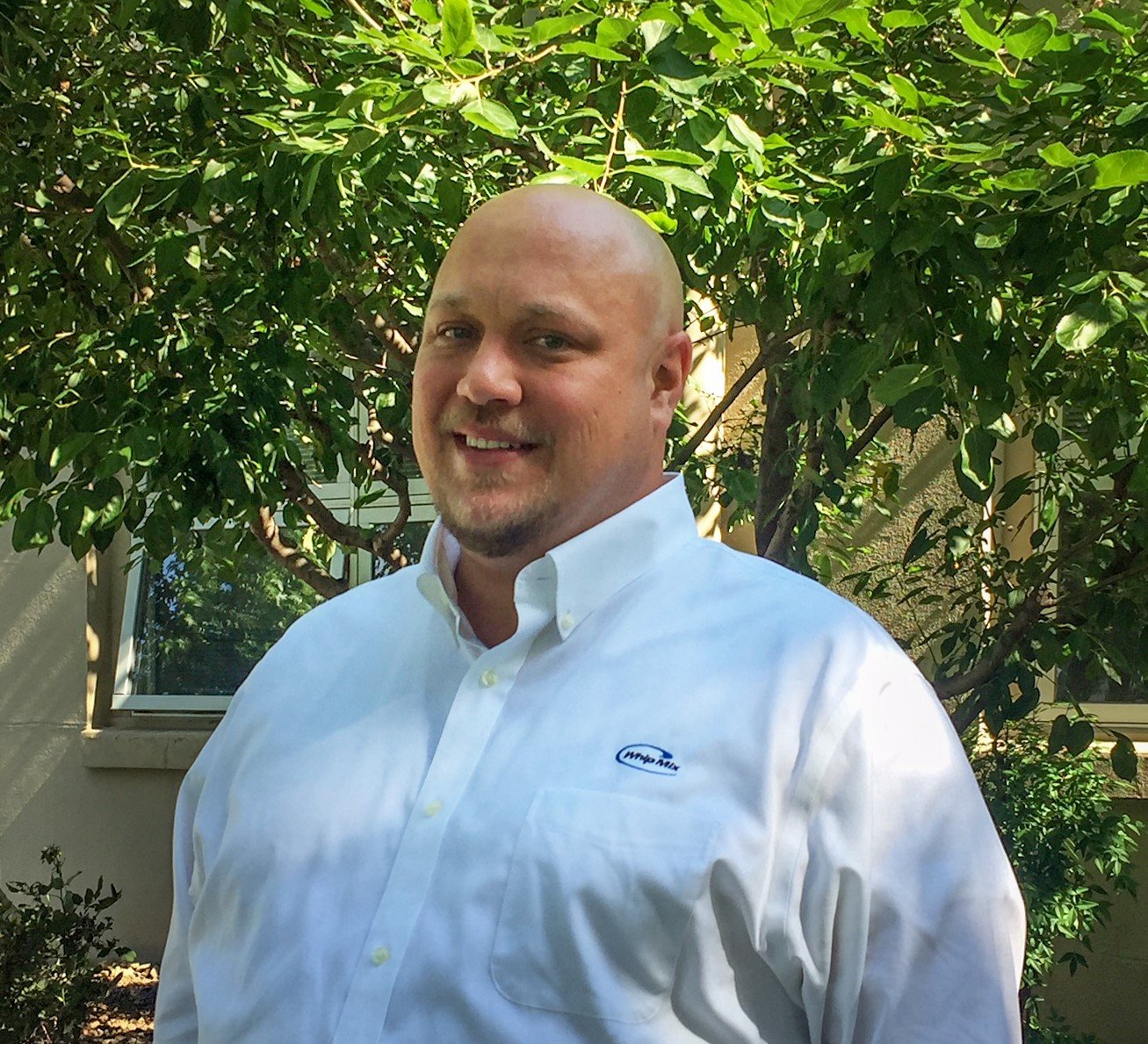Roland DG recently introduced the DWX-4 milling machine for dental applications. This introduction has some customers wondering which direction they should go when purchasing a CAM machine. So let’s give you some ‘food for thought’.
First you need to know what it is that you would like to do with your milling production. Once you have a direction in mind, then the comparison of the machines will make more sense.
What size restorations would I like to create? Do I want to do Custom Abutments? Do I want to create Screw Retained Bridges? How many units do I plan on milling in a day? Do I want to do Removable Restorations? These are just a few of the questions you want to ask yourself.
The DWX-4
 The DWX-4 has a small counter top footprint and can mill pin type materials or standard rectangular blocks. It will mill zirconia, wax, PMMA and other materials which can be milled ‘dry’ like Lava™ Ultimate (this does not include Lithium diSilicate, ‘blue blocks’).
The DWX-4 has a small counter top footprint and can mill pin type materials or standard rectangular blocks. It will mill zirconia, wax, PMMA and other materials which can be milled ‘dry’ like Lava™ Ultimate (this does not include Lithium diSilicate, ‘blue blocks’).
Milling is accomplished by two tools (burrs); 2mm and 1mm, which are moved by an automatic tool changer.
The DWX-4 machine uses simultaneous 4-axis milling and comes with CAM software installed. This software cannot be “optimized” by your reseller for better production, but is sufficient for temporaries and full contour crown production. It utilizes open architecture and can have up to four (4) Roland DXW-4’s tied to one computer, as the milling needs of the lab increase. Roland has replaced the complex CNC style controls of many machines with the user-friendly “V” (Virtual Machine) Panel to track overall machine time, diagnostics, calibration and milling processes. It is compatible with RML-1 and NC code and interfaces with the computer through a USB1.1 connector.
DWX-4 also comes with an internal air blower that helps prevent excessive dust build up along with a negative Ion generator to reduce the static electricity created when milling PMMA. It also comes with a dust collection system and sensor that prevents the mill from operating if the dust collector is left off.
The DWX-50
 In contrast, the DWX-50 is larger; however, it is still a counter top machine. As a dry mill, its main materials selection is also zirconia, wax and PMMA but in the 98mm wide puck. This will allow you to mill complete arch cases and all on 4 or 6 screw retained bridges. Holders are available for standard rectangular blocks and pin type materials.
In contrast, the DWX-50 is larger; however, it is still a counter top machine. As a dry mill, its main materials selection is also zirconia, wax and PMMA but in the 98mm wide puck. This will allow you to mill complete arch cases and all on 4 or 6 screw retained bridges. Holders are available for standard rectangular blocks and pin type materials.
The DWX50 can be set up as a 4-axis or 5-axis machine, uses open architecture and comes with the ‘V’ panel. However, unlike the DWX-4, it comes with standalone CAM software provided by the re-seller. Whip Mix provides Sum3D by Cim Systems. This software generates the tool path and the position in the puck of the restoration and can be purchased in either 4-axis or simultaneous 5-axis versions. This type of software also allows the CNC operator at the Whip Mix Milling Center to optimize the milling strategy for our customers, providing the most accuracy, best speeds and feed rates for several different materials. The software can also handle more complex computations, like custom hybrid abutments.
The tool carrier in the DWX-50 allows for 4 tools; 2mm, 1mm, .6mm and .3mm for the best possible detail. In addition, it has an automatic calibration tool, which does not require the milling and measuring of an object and connects with the computer through a USB port. There is an internal air blower that helps eliminate dust, but it does not currently have the negative Ion generator. A vacuum system must be used and the machine is fitted for a connection, which will tell the vacuum to turn on or off as it is needed.
Four of the DWX-50 milling machines can be attached to a single computer for use with the Sum3D software.











Leave a comment